Toyota Supra vs Tesla Model S – Which one offers the better deal?
Compare performance, boot capacity, efficiency and price at a glance.
Find out which car is the better choice for you – Toyota Supra or Tesla Model S?
Costs and Efficiency:
Price and efficiency are often the first things buyers look at. Here it becomes clear which model has the long-term edge – whether at the pump, the plug, or in purchase price.
Toyota Supra has a clearly advantage in terms of price – it starts at 54200 £, while the Tesla Model S costs 94300 £. That’s a price difference of around 40063 £.
Engine and Performance:
Power, torque and acceleration are the classic benchmarks for car enthusiasts – and here, some clear differences start to show.
When it comes to engine power, the Tesla Model S has a decisively edge – offering 1020 HP compared to 441 HP. That’s roughly 579 HP more horsepower.
In acceleration from 0 to 100 km/h, the Tesla Model S is decisively quicker – completing the sprint in 2.10 s, while the Toyota Supra takes 4.30 s. That’s about 2.20 s faster.
In terms of top speed, the Tesla Model S performs barely noticeable better – reaching 300 km/h, while the Toyota Supra tops out at 275 km/h. The difference is around 25 km/h.
Space and Everyday Use:
Cabin size, boot volume and payload all play a role in everyday practicality. Here, comfort and flexibility make the difference.
Seats: Tesla Model S offers significantly more seating capacity – 5 vs 2.
In curb weight, Toyota Supra is significantly lighter – 1395 kg compared to 2170 kg. The difference is around 775 kg.
In terms of boot space, the Tesla Model S offers significantly more room – 793 L compared to 290 L. That’s a difference of about 503 L.
When it comes to payload, Tesla Model S somewhat takes the win – 364 kg compared to 315 kg. That’s a difference of about 49 kg.
Who wins the race?
The Tesla Model S proves to be dominates this comparison and therefore becomes our DriveDuel Champion!
Tesla Model S is the better all-rounder in this comparison.
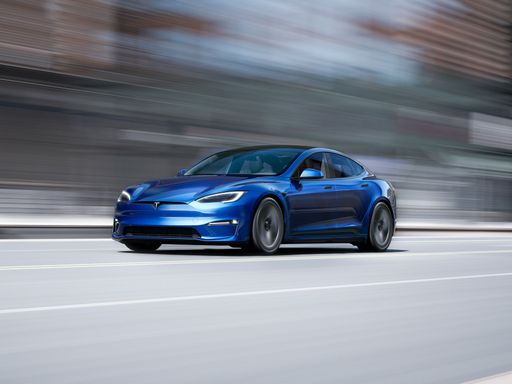 @ Tesla
@ Tesla
Tesla Model S
Toyota Supra
The Toyota Supra stands as an iconic symbol in the world of sports cars, blending striking aesthetics with performance. Its sleek design and elegant curves capture attention, while the finely tuned engine offers an exhilarating driving experience. Inside, the driver-focused cockpit combines luxury with cutting-edge technology, ensuring both comfort and excitement on the road.
details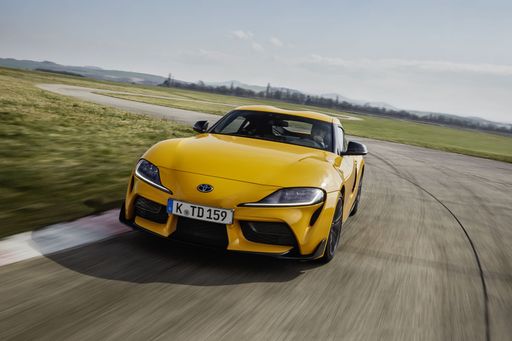 @ toyota-media.de
@ toyota-media.de
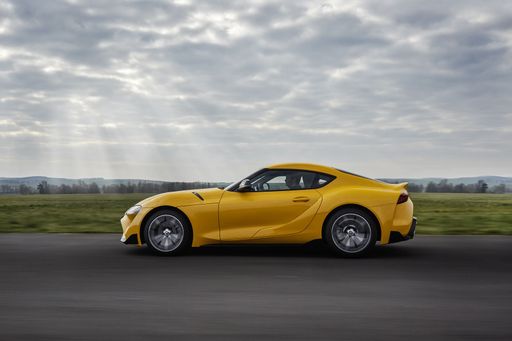 @ toyota-media.de
@ toyota-media.de
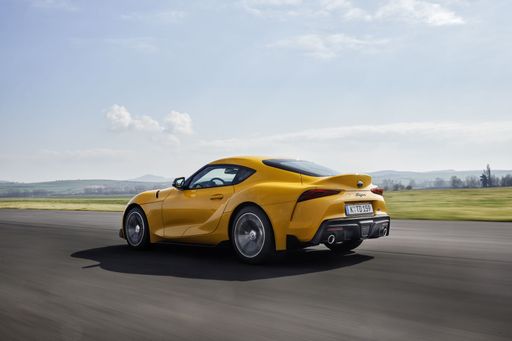 @ toyota-media.de
@ toyota-media.de
Tesla Model S
The Model S continues to set the standard for luxury electric vehicles, seamlessly blending performance with cutting-edge technology. Its sleek design and spacious interior provide an unparalleled driving experience, making it an ideal choice for modern enthusiasts. With features that emphasize both safety and sustainability, the Model S showcases the future of automotive innovation.
details @ Tesla
@ Tesla
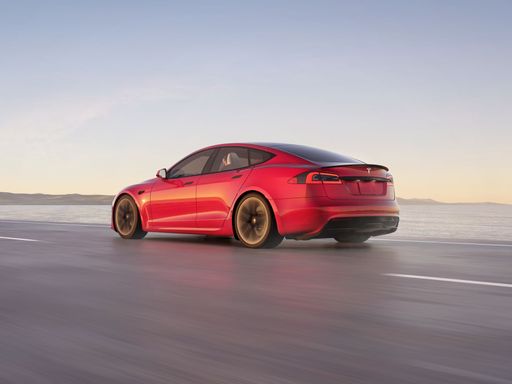 @ Tesla
@ Tesla
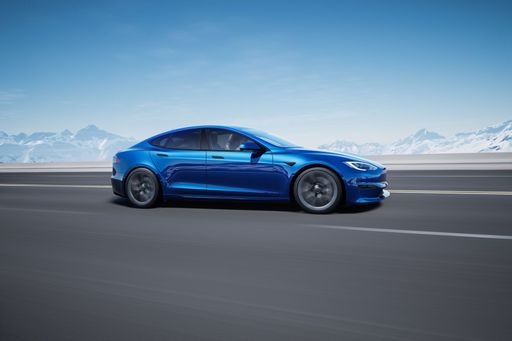 @ Tesla
@ Tesla
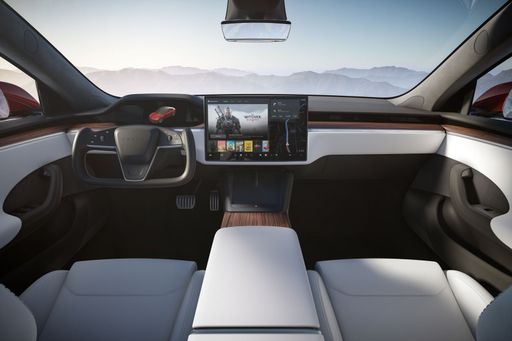 @ Tesla
@ Tesla
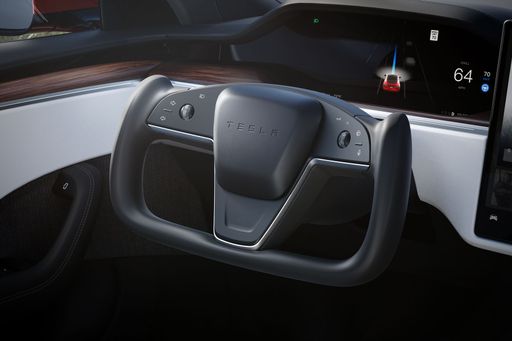 @ Tesla
@ Tesla
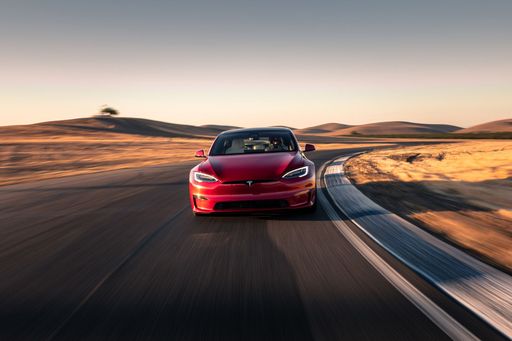 @ Tesla
@ Tesla
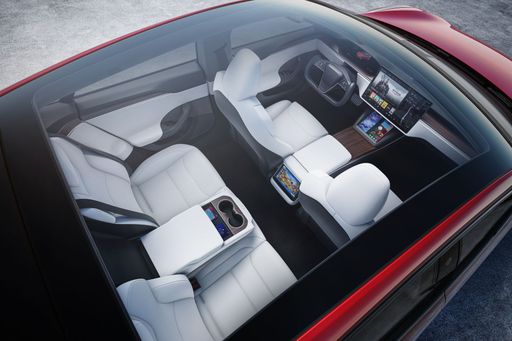 @ Tesla
@ Tesla
 @ toyota-media.de
@ toyota-media.de
|
 @ Tesla
@ Tesla
|
|
|
|
Costs and Consumption |
|
|---|---|
|
Price
54200 - 122400 £
|
Price
94300 - 102800 £
|
|
Consumption L/100km
7.1 - 9 L
|
Consumption L/100km
-
|
|
Consumption kWh/100km
-
|
Consumption kWh/100km
17.5 - 18.7 kWh
|
|
Electric Range
-
|
Electric Range
600 - 634 km
|
|
Battery Capacity
-
|
Battery Capacity
-
|
|
co2
161 - 204 g/km
|
co2
0 g/km
|
|
Fuel tank capacity
52 L
|
Fuel tank capacity
-
|
Dimensions and Body |
|
|---|---|
|
Body Type
Coupe
|
Body Type
Hatchback
|
|
Seats
2
|
Seats
5
|
|
Doors
3
|
Doors
5
|
|
Curb weight
1395 - 1580 kg
|
Curb weight
2170 - 2265 kg
|
|
Trunk capacity
290 L
|
Trunk capacity
793 L
|
|
Length
4379 mm
|
Length
5021 mm
|
|
Width
1854 - 1867 mm
|
Width
1987 mm
|
|
Height
1276 - 1292 mm
|
Height
1431 mm
|
|
Max trunk capacity
-
|
Max trunk capacity
1828 L
|
|
Payload
215 - 315 kg
|
Payload
364 kg
|
Engine and Performance |
|
|---|---|
|
Engine Type
Petrol
|
Engine Type
Electric
|
|
Transmission
Automatic, Manuel
|
Transmission
Automatic
|
|
Transmission Detail
Automatic Gearbox, Manual Gearbox
|
Transmission Detail
-
|
|
Drive Type
Rear-Wheel Drive
|
Drive Type
All-Wheel Drive
|
|
Power HP
258 - 441 HP
|
Power HP
670 - 1020 HP
|
|
Acceleration 0-100km/h
4.3 - 5.2 s
|
Acceleration 0-100km/h
2.1 - 3.2 s
|
|
Max Speed
250 - 275 km/h
|
Max Speed
250 - 300 km/h
|
|
Torque
400 - 500 Nm
|
Torque
-
|
|
Number of Cylinders
4 - 6
|
Number of Cylinders
-
|
|
Power kW
190 - 324 kW
|
Power kW
493 - 750 kW
|
|
Engine capacity
1998 - 2998 cm3
|
Engine capacity
-
|
General |
|
|---|---|
|
Model Year
2024 - 2025
|
Model Year
2022 - 2023
|
|
CO2 Efficiency Class
F, G
|
CO2 Efficiency Class
A
|
|
Brand
Toyota
|
Brand
Tesla
|
What drivetrain options does the Toyota Supra have?
The Toyota Supra is offered with Rear-Wheel Drive.
The prices and data displayed are estimates based on German list prices and may vary by country. This information is not legally binding.
